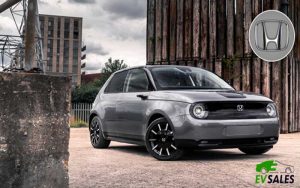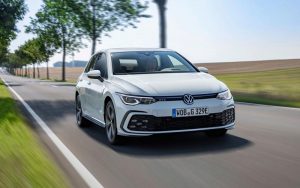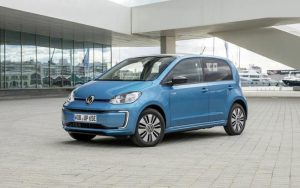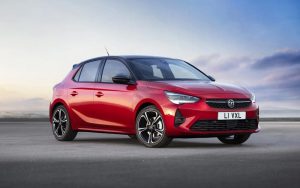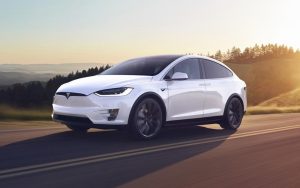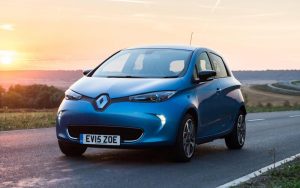Introduction
The BMW i3 is a B-segment high-roof hatchback featuring an electric powertrain that includes rear-wheel drive, a single-speed transmission, and an underfloor Li-ion battery pack, as well as a range-extending combustion engine.
The BMW i3 was the company’s first mass-produced zero-emission vehicle, released under the BMW I sub-brand.
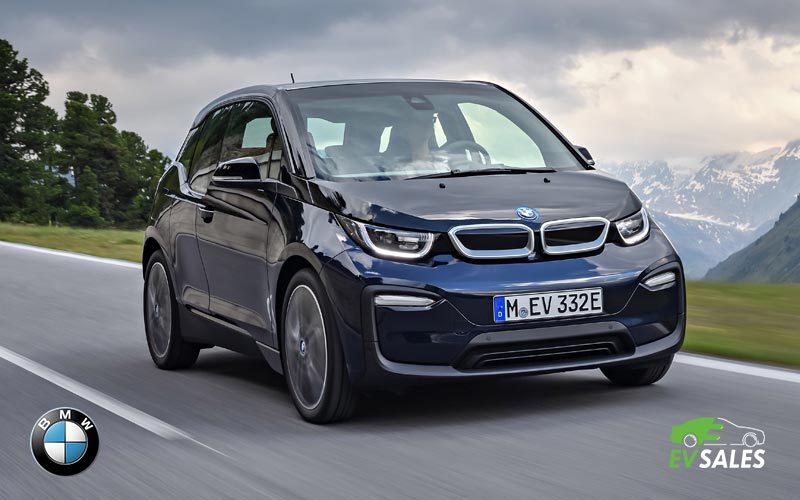
Furthermore…
The i3 is available in a single five-door design, with a high-strength, ultra-lightweight CFRP (carbon fiber reinforced polymer) passenger module bonded to a lower aluminum module that houses the chassis, battery, drive system, and motor.
Two smaller clamshell rear-hinged rear doors are featured on the bodywork.
Its appearance is out of this world, but the 2021 BMW i3 doesn’t quite measure up as an electric vehicle. For comparable pricing, rival EVs such as the Tesla Model 3, Chevrolet Bolt EV, and Hyundai Kona Electric have larger batteries and longer driving ranges.
The BMW i3 can be purchased with a gasoline-powered engine to supplement its 153-mile range, which purchasers who aren’t ready to give up internal combustion may find comfortable.
Moreover…
The i3’s interior, on the other hand, is significantly more luxurious than its competitors, particularly with the optional curved-wood dashboard and leather-and-wool upholstery.
The future of the i3 is in doubt as the electric vehicle movement gains traction, with BMW producing more competitive models such as the i8.
Awards
The BMW i3 first appeared as a concept car at the 2011 International Motor Show in Germany, and production commenced in Leipzig in September 2013.
From 2014 to 2016, the i3 ranked third among electric cars sold worldwide, and the 200,000th i3 was produced in October 2020, with global sales totaling around 210,000 units by mid-2021.
What you might not know…
With nearly 42,000 units supplied through December 2019, the United States was its best-selling market.
The i3 was named 2014 World Green Car of the Year and 2014 World Car Design.
In the first UK Car of the Year competition, the i3 received an iF Product Design Gold Award and was named UK Car of the Year 2014 and Best Supermini of 2014.
Specifications
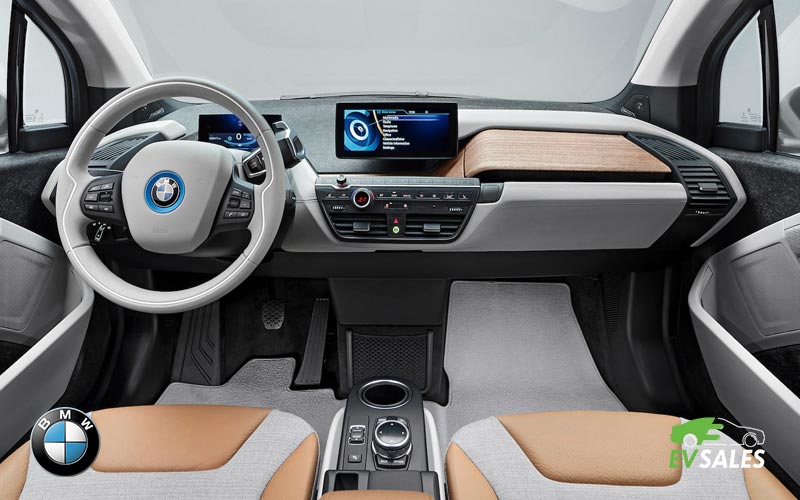
Space: The outward dimensions of the 2021 i3 are similar to those of a subcompact city car, making it ideal for weaving through traffic and squeezing into tight parking spaces—but back-seat occupants will suffer as a result of the diminutive size.
The cabin is spacious and airy, and the inside is beautifully made with intriguing recycled materials. With a twist, the i3 features the practicality of a normal small hatchback.
The backside doors are hinged at the back and open in the opposite direction as the front doors.
Light Eucalyptus wood:
Mega World has leatherette and brown cloth with brown trim, Giga World has leather and wool upholstery with light eucalyptus wood trim, and Tera World has dark Vernasca leather and dark oak wood trim.
Powerful Electric Motor:
BMW is known for its driver appeal, and in 2017 it introduced the i3s, which featured a more powerful electric motor, wider wheels, adaptive cruise control, revised suspension, and an improved traction-control system, all to make the i3 more of a driver’s car, albeit at a £2,500 premium and a slightly lower 175-mile battery range than the standard model.
Dashboard:
There’s a wide range of seat adjustments and a steering wheel that swings in and out as well as up and down. And, it’s simple to get comfortable. But there’s no adjustable lumbar support in the driver’s seat, even as an option.
Some drivers may have back pain on long trips. The backside doors are hinged at the back and open in the opposite direction as the front doors. The rear seats sit a bit higher and are also comfortable. The carbon-fiber structure of the i3 is incredibly robust, eliminating shudders and tremors on bumpy roads.
The absence of a pillar between the front and rear doors creates a huge, open area in the back that makes entry (and cargo placement) easier.
The i3’s dashboard is quite sensibly laid up, and the air conditioning controls are simple to use and reach.
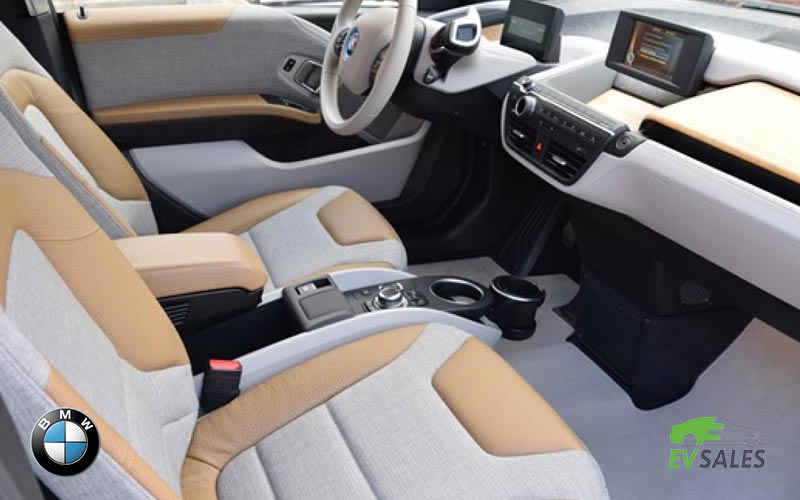
Visibility:
The i3’s dashboard is unusually low, with a simple digital display below the steering wheel, so you’re immediately aware of the large glass area in front of you.
The car’s big windows allow a nice vision to the front and sides, while the massive center pillar creates an unpleasant blind area over your shoulder.
Sensors:
Nonetheless, the i3’s boxy design makes gauging its width a breeze, and parking it is a breeze as a result. Rear parking sensors come standard, while the Park Assist option adds front sensors, a rear-view camera, and an automatic self-parking system.
It’s also noteworthy that every i3 comes with full LED headlights as standard, and they produce a brighter, wider, and more uniform light than halogen bulbs.
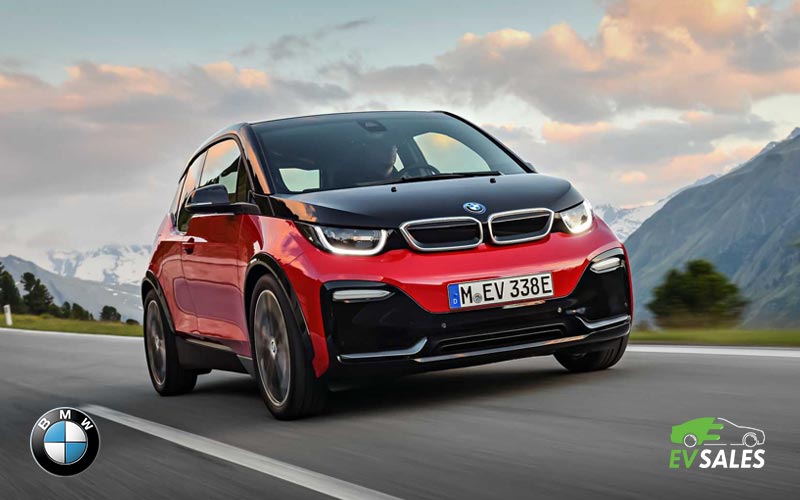
Infotainment:
The i3 has a 10.25-inch touchscreen in the center of the dashboard, as well as a sat-nav, DAB radio, Bluetooth, and a USB port on all models. The device is easy to use, and the screen is razor-sharp.
It is controlled by twisting and pressing a dial between the front seats. Furthermore, the sat-nav has been intended to make electric driving more convenient; it can direct you to charge stations and even alert you if a chosen route is out of your current range.
If you prefer to utilize phone apps like Google Maps or Waze, BMW has you covered as well, as smartphone mirroring is included as standard.
Noise:
The i3’s electric engine is remarkably quiet, with none of the high-pitched whining found in other competitors.
The quiet nature of the powertrain, on the other hand, allows you to hear more of the road and suspension noise that the i3’s carbon-fiber structure strives to silence; there’s a mixture of rumbling and resonance that can be exhausting, especially on extended highway rides.
The i3’s brake pedal, unlike many electric cars, responds to pressure fairly consistently. Still, you’ll quickly learn to drive with a single-pedal technique around town, anticipating when you’ll need to grind to a standstill and allowing the car’s brake system to slow you down by purely lifting off the accelerator pedal.
Standard Equipment:
The i3 comes with many standard features, but we recommend opting for keyless entry and the optional Driving Assistant Plus package.
It’s also worth considering the optional auxiliary cabin heating system, which uses a heat pump to warm the inside and saves up to 50% on fuel. As a result, you’ll get more miles out of each charge.
Safety:
In 2013, the i3 received four out of five stars in a Euro NCAP crash test, although the rating has now expired due to the passage of time. The organization stated at the time that the i3’s headrests provided marginal protection against whiplash in the case of a rear-end accident.
In contrast, front-seat chest protection was classified as ‘poor’ in the event of a side pole impact. Not great, then, especially when you consider that standards are far more stringent now than they were back then.
Driver Features:
A short back seat, a floaty ride at higher speeds, and a small list of driver aid features round out the package.
That’s not to suggest it’s a bad car; its powerful engine and nimble handling make it a joy to drive. However, the same can be said of many electric vehicles that don’t share the i3’s drawbacks.
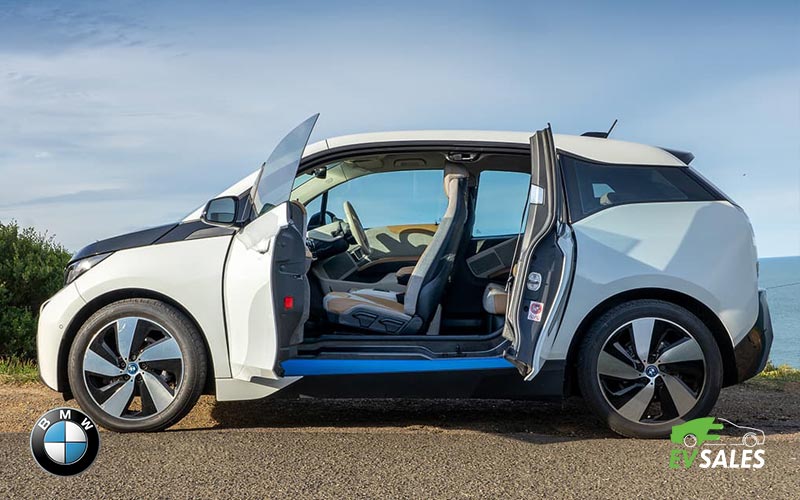
Battery Specs:
The i3 sports a 42.2-kWh lithium-ion battery pack and a 168-horsepower, 184-pound-feet-of-torque electric motor.
The i3s have the same battery and motor as the i3, but they produce 181 horsepower and 199 lb-ft of torque. In any case, the electric motor is powerful and well-suited to everyday driving.
History
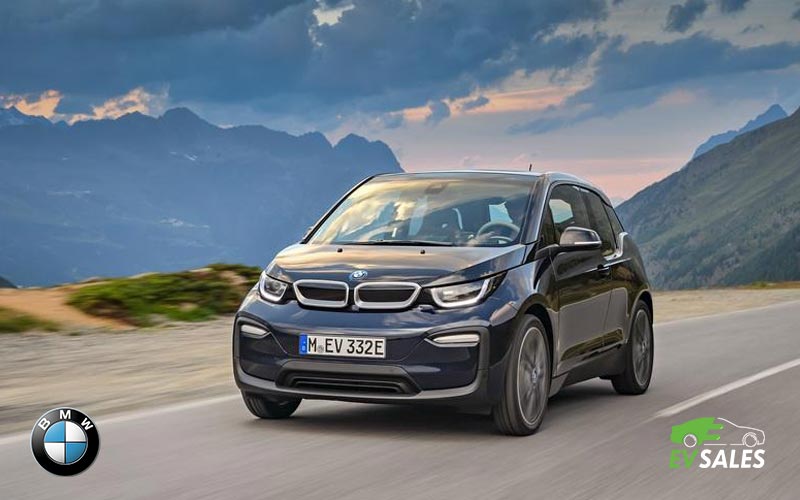
The all-electric BMW i3, formerly known as the Mega City Vehicle, and a plug-in hybrid known as the BMW i8, a production version of the Vision Efficient Dynamics concept and have an all-electric range of 50 kilometers, are the first two production models.
Furthermore…
In 2013, both plug-in electric automobiles production began in Leipzig.
At the 2011 International Motor Show in Germany, the BMW i3 concept car was unveiled. During the 2012 Summer Olympics in London, BMW displayed a BMW i3 prototype, and the production version was introduced later that year.
Operating Modes
The BMW i3 has three driving modes that allow the driver to control the car’s energy consumption: Comfort, Eco Pro, and Eco Pro+. In ordinary driving conditions, the i3 ranges from 130 to 160 kilometers (80 to 100 miles), whereas the i3 REx has a range of 260 to 290 kilometers.
Adding in more…
The Eco Pro mode enhances the driving range by roughly 12% through a revised accelerator pedal mapping that utilizes less power. All settings in Eco Pro mode are oriented toward achieving the maximum feasible range, extending the driving range by about 24% above Comfort mode.
The BMW i3’s top speed is limited to 90 km/h (56 mph) in this mode, and electrical components such as the headlights and indicators are disabled.
Production
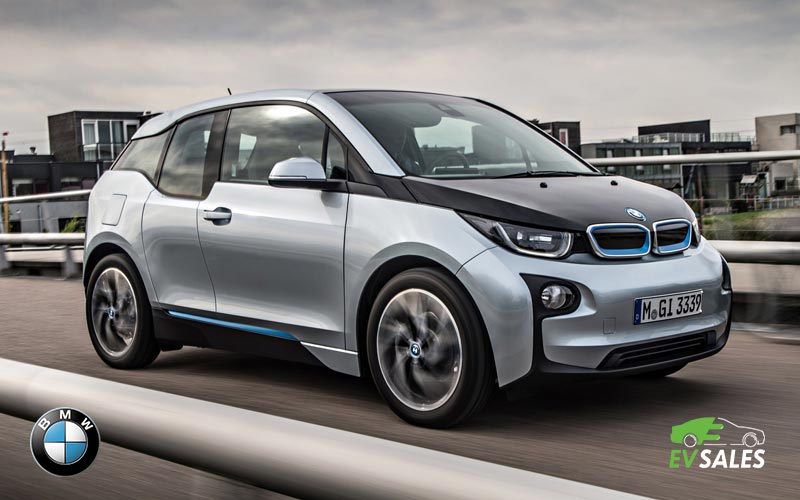
To reduce the i3’s environmental impact, BMW has employed efficient manufacturing procedures and recyclable components.
BMW is producing carbon strands for the i3’s carbon-fiber-reinforced plastic bodywork at a new US$100 million plant in Moses Lake, Washington, using Japanese-sourced raw materials.
Plus…
Because carbon-fiber production requires a lot of energy and would otherwise generate a lot of CO2, this area was chosen to take advantage of the abundant hydroelectric power available in this part of the United States.
After that, the carbon fiber is delivered to Landshut, Germany, where the carbon-fiber-reinforced plastic parts are created, and the vehicle assembly plant is in Leipzig.
The Leipzig facility opened in November 2010, with a total investment of 400 million euros (US$561 million) from 2010 to 2013.
The facility is part of BMW’s compound, producing 1 Series variations. At the March 2013 Geneva Motor Show, a concept version of the BMW i3 Coupe was unveiled, reflecting the current state of development.
On July 29, 2013, the production car was unveiled simultaneously in New York, London, and Beijing. On September 18, 2013, series production for retail customers commenced, with German marathon runner Jan Fitschen receiving the first vehicle off the line.
On September 29, the car was used as the lead vehicle in the 2013 Berlin Marathon.
Electric-only Range
The i3’s 42.2-kWh battery pack, rated at 153 miles of all-electric driving range, pales compared to the Bolt EV’s 60.0-kWh battery and 259-mile EPA rating.
The Model 3 can travel up to 353 miles with its largest battery. Even so, the i3 is the only car with an optional gasoline-fueled range-extender generator that kicks in when the battery drops to 5% charge.
The BMW i3 has a wide range of 114 miles, 33 miles (53 kilometers) longer than the 60 Ah model. The combined fuel efficiency figure for the i3 94 Ah battery is 118 MPG-e, down from 124 MPG-e for the 60 Ah battery variant.
Charging
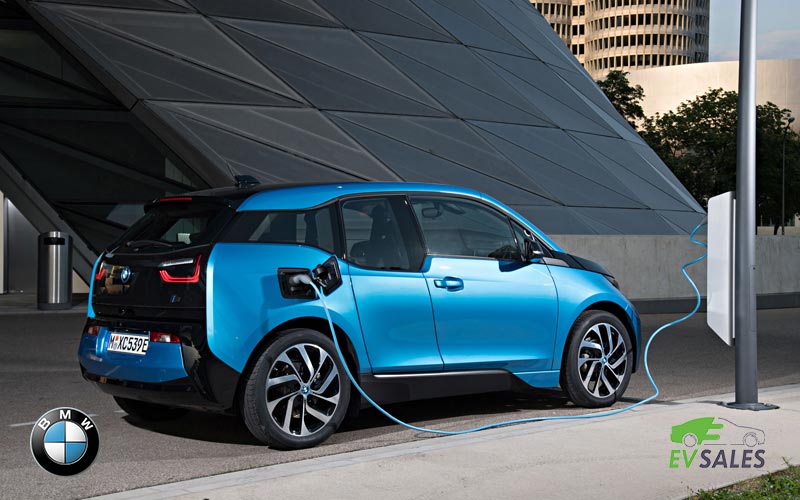
It may also be charged at any public charging station in the United States with an SAE J1772 connector.
Plus…
In 2016, BMW and California’s PG&E utility expanded an experiment to delay charge-up during high demand and reward i3 owners.
The BMW i3 is billed as the world’s first completely online all-electric vehicle; however, the Tesla Model S has had full 3G Internet connectivity since 2012.
Adding in more…
According to the EPA, the 2017 BMW i3 REx has a range of 97 miles (156 kilometers) and a combined fuel economy of 111 MPG-e. The gasoline-powered engine’s range has risen to 83 miles (134 kilometers) from 78 miles (126 kilometers) in earlier generations.
In 2018, the battery rating was raised to 120 Ah, resulting in a total capacity of 42.2kWh. The BMW i3 REx is a hybrid electric vehicle that debuted in 2019.
Performance
The i3 is also quick: the ordinary model accelerates from 0 to 62 mph in 7.3 seconds, while the slightly more powerful i3s take only 6.9 seconds because of its more powerful electric motor. You’ll have a hard time resisting the temptation to drive away from the traffic lights in an embarrassing petrol or diesel car.
However, electric car performance isn’t only about how rapidly you can accelerate; it’s also about how far you can travel between charges. The more powerful i3s are rated at 175 miles, while the ordinary i3 is rated at 181 miles.
Turns out…
BMW claims that 160 miles is more realistic, so if you frequently travel long distances, the i3 is unlikely to be your primary vehicle. We haven’t yet put the newest i3 through our independent Real Range tests, but there are some promising signs.
Insurance
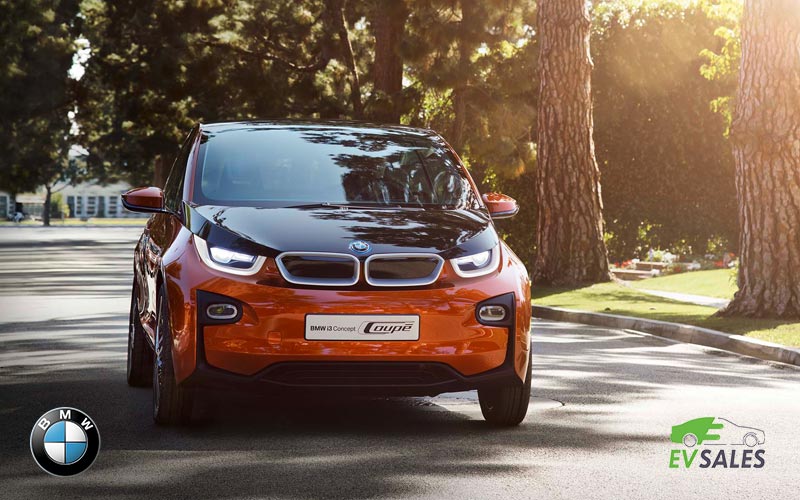
The i3’s hybrid-component warranty is comparable to that of other EVs, and the three years of free regular maintenance are a significant advantage and far superior to what competitors provide.
- A four-year or 50,000-mile limited warranty is included.
- The powertrain warranty is good for 50,000 miles.
- The guarantee for hybrid components is for eight years or 100,000 miles.
- Maintenance is free for 36,000 miles.
Please visit the websites of the National Highway Traffic Safety Administration (NHTSA) and the Insurance Institute for Highway Safety (IIHS).
Reliability
The i3 should be more reliable than a petrol or diesel car because it has fewer moving parts. However, there are still a lot of high-tech electrics that could go wrong.
Indeed, the i3 was a mid-table finisher in the 2019 What Car? Electric and hybrid car category. The German brand came in 21st place (out of 31) in the overall manufacturer rankings in a reliability assessment.
Most parts have a three-year, unlimited-mileage warranty, while the battery has an eight-year or 100,000-mile warranty.
Cost and Verdict
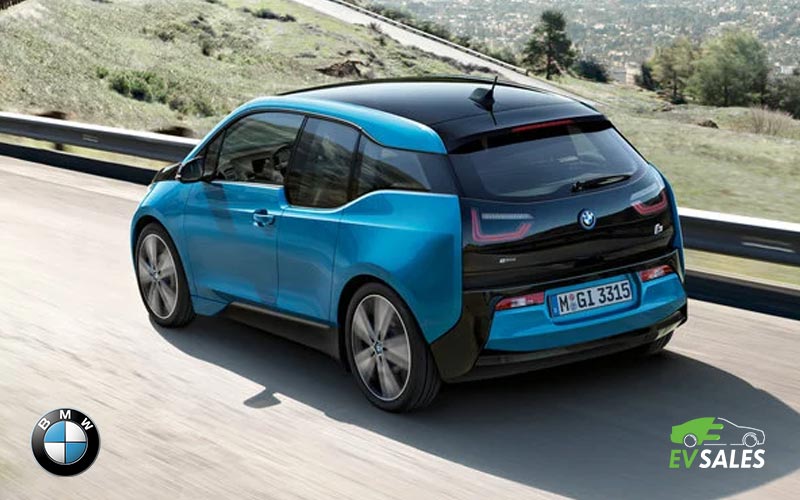
Even the cheapest i3 is expensive, even once a £3000 government incentive is applied. Even though the i3 is expensive to buy outright, it makes more sense to finance it with a PCP and won’t cost you much in car tax.
In terms of price, the i3 is more comparable to the excellent Kia e-Niro (which has a far longer range between charges) than the Nissan Leaf, although you’d expect to pay more for a BMW.
There’s more…
There are no comparable electric cars from other premium manufacturers, such as Audi, Mercedes, or Lexus. However, it’s worth noting that the i3 isn’t expected to keep its value and other newer models.
The 2021 BMW i3’s Manufacturer’s Suggested Retail Price (MSRP) is $44,450.
In case you didn’t know…
BMW i3 comes with a gas-powered range extender for individuals who aren’t comfortable driving only electricity. We wouldn’t take our i3 on any lengthy road excursions, even with the fossil-fuel backup.
Instead, we’d go with the electric-only model and utilize it for our daily commute, largely around town and on brief highway segments. The i3s is supposed to be more enjoyable to drive, but we’d go with the cheapest option.
We’d go with the Giga World package, despite the limited number of selections outside of exterior and interior colors. It has Apple CarPlay compatibility, heated front seats, and navigation, in addition to the unusual brown leather and gray fabric upholstery.
Conclusions – BMW i3 Review
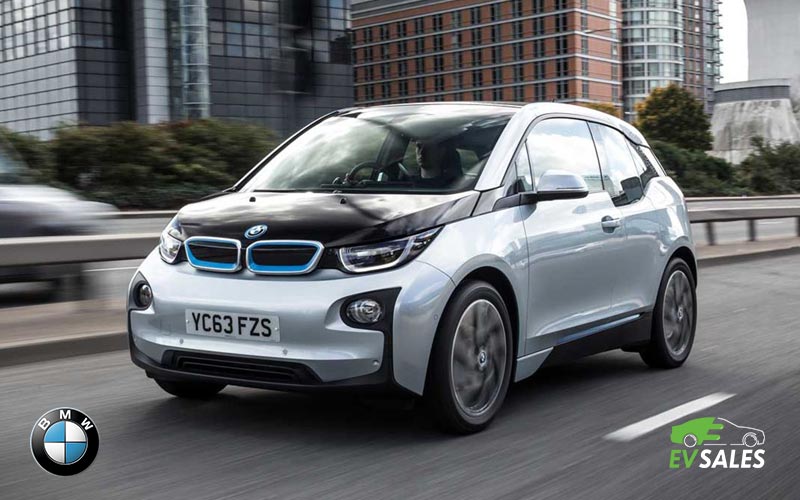
The i3’s appeal is clear: it’s a BMW, after all, and it looks funky and unique, has a luxury interior, and a fantastic infotainment system. The lack of comparably priced competitors from other premium brands only adds to its appeal.
However, mainstream rivals such as the Kia e-Niro, which are similarly priced, offer equal performance and far longer ranges between charges. The i3’s practicality is another severe flaw, which means that better electric cars are available for the same money.
BMW i3 is one of the top 10 luxury electric cars. It was first shown as a concept at the 2011 Frankfurt Motor Show and sold in the United Kingdom in 2014.
In short…
If I’m being honest, buying a used BMW i3 isn’t a good choice for most individuals. Sure, it’s inexpensive, and you can have a carbon-tipped, all-electric BMW for a pittance.
Nonetheless, it has a very limited range, a small cabin, and will experience significant depreciation. One group of folks, though, might benefit from having an i3.
That’s all we have for today!
Now you can go out and choose your favorite electric car,
Thanks for reading!

